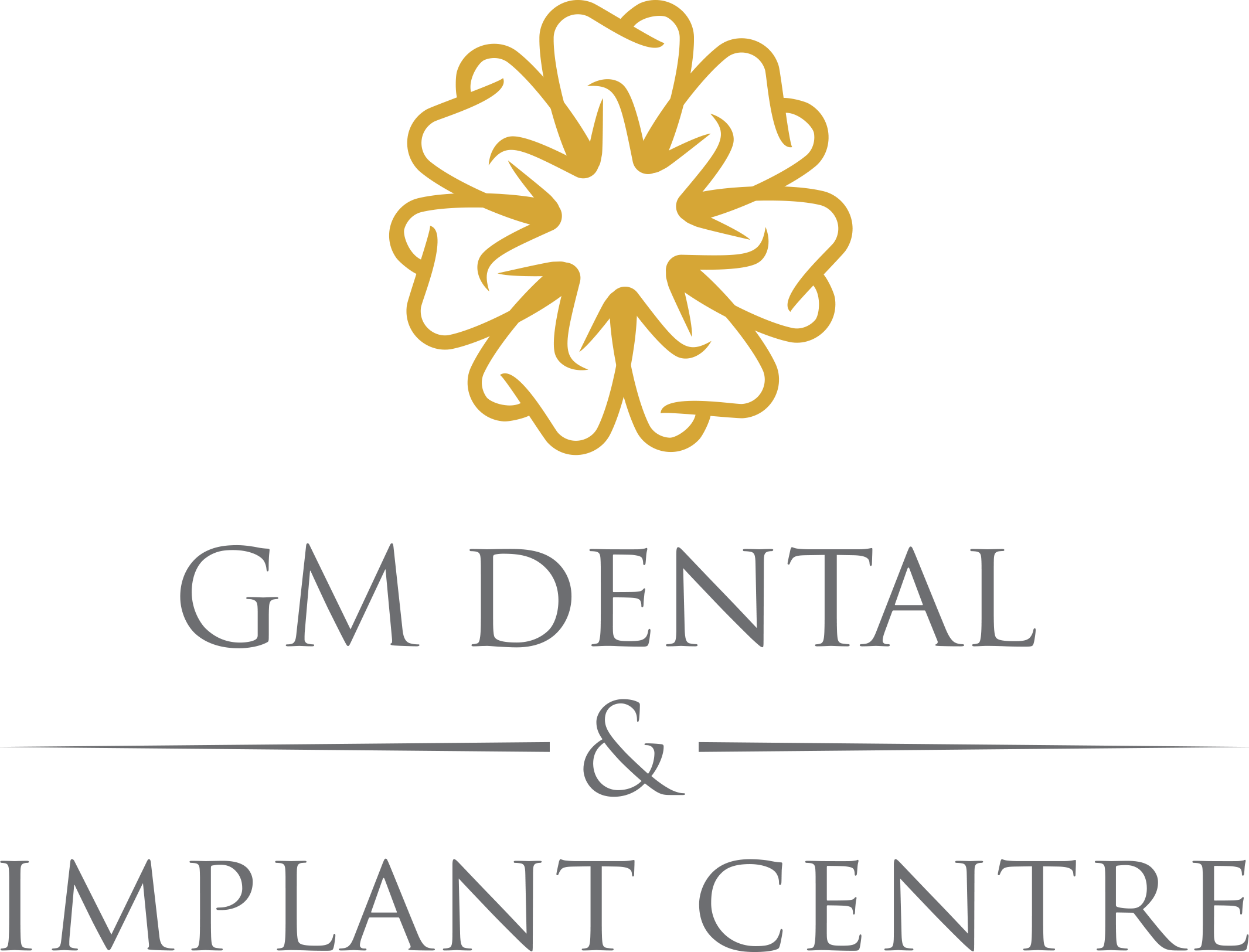This information will help you to get the basic information about your teeth and will help you when you go to the dentist to understand the information that your dentist will give.
Let’s start then!

Jaw Arch
The upper teeth are connected to the Maxillar or upper Jawbone, so this collection of teeth is referred to as the Maxillary Arch.
The Lower Teeth are connected to the lower jawbone which is called the mandible and so this collection of teeth is referred to as the Mandibular Arch.
Types of Teeth
The type of teeth is the same for both the Maxillary arch and the Mandibular arch.
The Incisors refer to the front four teeth, they are used for incising or slicing food, they are important for aesthetics because they are in the front and there are also important for phonetics like if you pronounce F and V sounds you will notice that your incisors contact your lower lip.

The Canines refer to the teeth next to the incisors and the canines are important for tearing and holding food and also important for aesthetics.
The Incisors and Canines together are referred to as the anterior teeth, because they are in the front and also they are the most visible of all our teeth.
The Premolars are the next two teeth back from the canines and the premolars are useful for tearing and holding food as also grinding food.
The Molars are the back three teeth, the far back molars are usually referred to as the wisdom teeth. The Premolars and Molars combined are referred to as the posterior teeth because they are located on the back.
Numbering Teeth

Numbering teeth and counting teeth can be actually a bit more complicated at first but it gets easier as soon as you understand the diagram. This is just the basics of the number system, there are other numbering systems out there but just to get some knowledge this is one of many other diagrams of the Universal Numbering teeth.
It’s almost as easy as reading a book. The R means that is the right side of the patient’s mouth and NOT the dentist right side. It is like you are facing the patient’s mouth, his right side and left side are the ones that count.
The numbering teeth starts at the upper left corner with the far back molar, known as wisdom teeth. If you do not have a wisdom tooth that empty space is called congenitally missing teeth but we would still number this space as you see in the picture.
Tooth Anatomy

The anatomy of the tooth is very simple to understand, the picture shows all the layers that we will cover with the basic information.
The Enamel refers to the outermost layer of the tooth, you may have heard about that is the hardest tissue in the human body which is true. It is a very hard calcium-rich surface that protects our teeth, it’s 96% mineral by weight, so it is very dense and very strong.
In between the Enamel and the Dentin, there is a very thin layer like a thin line around the tooth that is called Cementum. The cementum is a thin hard tissue, that covers the root of a tooth and it is about 65% mineral by weight, which is similar to bone.
The substance underneath the Cementum is called Dentin and it is a little bit softer because it is about 70% mineral by weight.
The pulp is at the very core of the tooth, this is the soft tissue inside the tooth that contains blood vessels and nerve. It is basically the life support or the life supply of each tooth. Each Pulp consists of specific parts, you have the pulp chamber, pulp horns and root canals.
Then we have the gums, which are the pink layer that surrounds the tooth, also sometimes referred to as the gingiva or gum tissue.
Then we have the Bone which is actually a bit softer than Dentin, it’s about 65% mineral by weight.
Then we have the structure that connects the tooth root to the bone is called the periodontal ligament. Ligaments usually connect bone to bone, the ligament is connecting a tooth which is not technically a bone and the bone of the jaw.
After reading this you will understand some of the basic terminologies when speaking with a dentist. Hope this will help!
If you have any suggestions of information that you are curious about and you want us to cover, please send us an email to Info@gm-dental.co.uk and we will do our best to get that information to you.
Back to Blog
“I have just had my dental implants fitted the whole procedure went really smooth,...”
“I had my dead tooth broken so implant was the only option to make...”
“I’ve been struggling with my teeth for many years and I’ve lost hope that...”
“My daughter attended this practice in 2010 and finished her treatment in 2013. The...”
“I was treated here years ago as a teenager and so did a few...”
“My daughter had her orthodontic treatment here over a 3 year period. Dr Coonar...”
